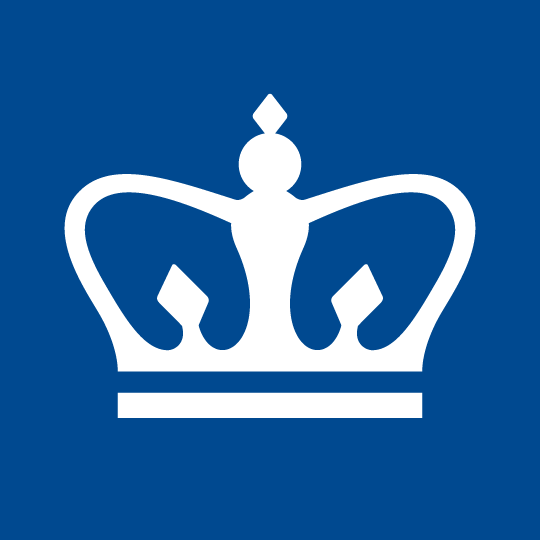Frederick James Eugene Woodbridge papers, 1884-1950 4.5 linear feet
Manuscripts of essays and course notes taken while a student at Amherst College, 1884-1889, and at Berlin University, 1892-1894. Articles, addresses, essays, lectures, lecture notes and reading notes. Also included are diaries for the years 1936-1940 and correspondence concerning Amherst College, Columbia University, and Woodbridge's stay as a visiting scholar in Berlin, 1931-1932. Among his correspondents are: Frederick S. Allis, Secretary of the Amherst Board of Trustees; Stanley King, President of Amherst; and Nicholas Murray Butler, President of Columbia. Some photographs are also included.

